Description
Isocyanates: Versatile Building Blocks with Potential Risks
Isocyanates are a family of highly reactive chemical compounds containing the functional group -N=C=O. They are primarily recognized as crucial building blocks in the production of polyurethane materials, which play a vital role in countless applications, from flexible foams in mattresses and furniture to durable coatings, adhesives, and sealants. However, the reactivity that makes isocyanates so useful also presents potential health hazards, demanding careful handling and responsible use.
Ubiquitous Applications Driven by Versatile Properties:
The versatility of isocyanates stems from their exceptional ability to react with compounds containing active hydrogen atoms, such as alcohols, amines, and water. This reactivity allows for the creation of a wide range of polyurethane products with tailored properties. Some key applications include:
- Foams: Isocyanates are integral to the creation of both flexible and rigid polyurethane foams. Flexible foams are found in furniture, mattresses, automotive seating, and insulation. Rigid foams provide excellent insulation in buildings, refrigerators, and packaging.
- Coatings and Adhesives: Polyurethane coatings offer exceptional durability, resistance to chemicals, and abrasion resistance, making them ideal for protecting wood, metal, and concrete surfaces. Polyurethane adhesives provide strong and flexible bonds in a variety of industries, including construction, automotive, and aerospace.
- Elastomers: Polyurethane elastomers exhibit high elasticity, tear strength, and abrasion resistance. They are used in applications requiring flexibility and durability, such as rollers, tires, and seals.
- Sealants: Polyurethane sealants provide durable and weather-resistant seals for joints and gaps in buildings, bridges, and other structures.
Common Types of Isocyanates:
The two most common types of isocyanates used in industry are:
- Methylene Diphenyl Diisocyanate (MDI): Predominantly used in rigid foams, elastomers, and adhesives. It is generally considered less volatile than TDI.
- Toluene Diisocyanate (TDI): Primarily used in flexible foams, coatings, and elastomers. It is more volatile than MDI and therefore presents a greater risk of inhalation exposure.
Health Hazards and Safety Precautions:
While isocyanates offer significant benefits, they are known respiratory and skin sensitizers. Exposure can lead to:
- Respiratory Sensitization: This can result in asthma-like symptoms, including wheezing, chest tightness, and shortness of breath. Even low-level exposure in sensitized individuals can trigger a severe allergic reaction (isocyanate asthma).
- Skin Sensitization: Contact can cause allergic contact dermatitis, characterized by redness, itching, and blistering.
- Eye and Throat Irritation: Exposure to isocyanate vapors can irritate the eyes, nose, throat, and lungs.
Therefore, strict safety precautions are essential when working with isocyanates, including:
- Adequate Ventilation: Ensuring sufficient ventilation to minimize exposure to isocyanate vapors.
- Personal Protective Equipment (PPE): Wearing appropriate PPE, such as respirators, gloves, eye protection, and protective clothing. The specific PPE required will depend on the specific isocyanate and the task being performed.
- Engineering Controls: Implementing engineering controls like local exhaust ventilation to capture isocyanate vapors at the source.
- Proper Training: Providing comprehensive training to workers on the hazards of isocyanates, safe work practices, and emergency procedures.
- Monitoring Exposure Levels: Regularly monitoring air concentrations of isocyanates to ensure that exposure levels are kept below established occupational exposure limits.
Regulatory Landscape:
Due to the potential health risks associated with isocyanates, their use is regulated by various government agencies, such as the Occupational Safety and Health Administration (OSHA) in the United States. These regulations aim to protect workers from exposure and ensure the safe handling and disposal of isocyanates. Compliance with these regulations is crucial for employers and employees alike.
Future Trends:
Research and development efforts are ongoing to develop safer alternatives to traditional isocyanates, such as bio-based polyurethanes and blocked isocyanates. Blocked isocyanates are modified isocyanates that are less reactive at room temperature and require heat to release the active isocyanate group, reducing the risk of exposure. These innovations aim to maintain the valuable properties of polyurethanes while minimizing the potential for health hazards.
Conclusion:
Isocyanates are indispensable chemicals in the modern world, enabling the production of a vast array of materials that enhance our lives in numerous ways. However, their inherent reactivity necessitates careful handling and adherence to strict safety protocols. By understanding the potential hazards and implementing appropriate control measures, we can continue to harness the benefits of isocyanates while protecting worker health and the environment. As research continues to explore safer alternatives and improved handling techniques, the future of isocyanate chemistry promises to be both innovative and responsible.

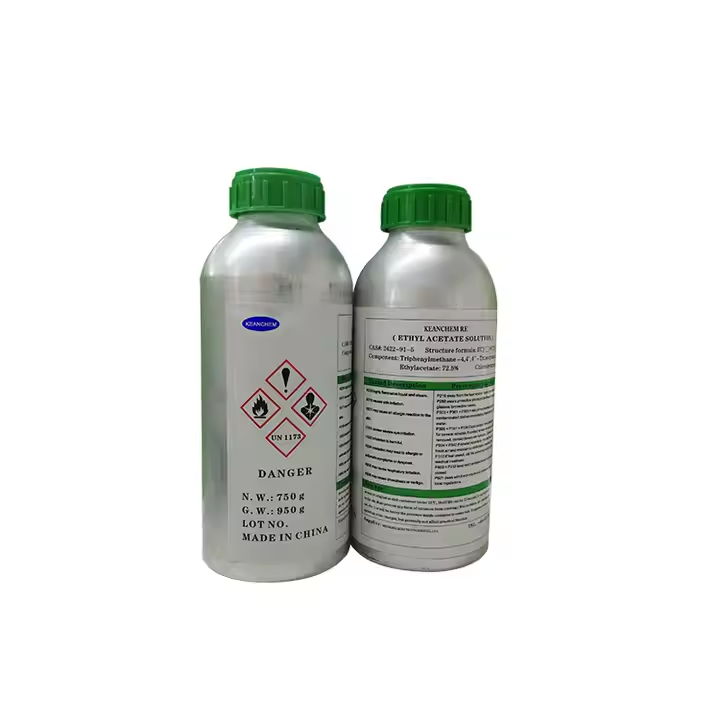
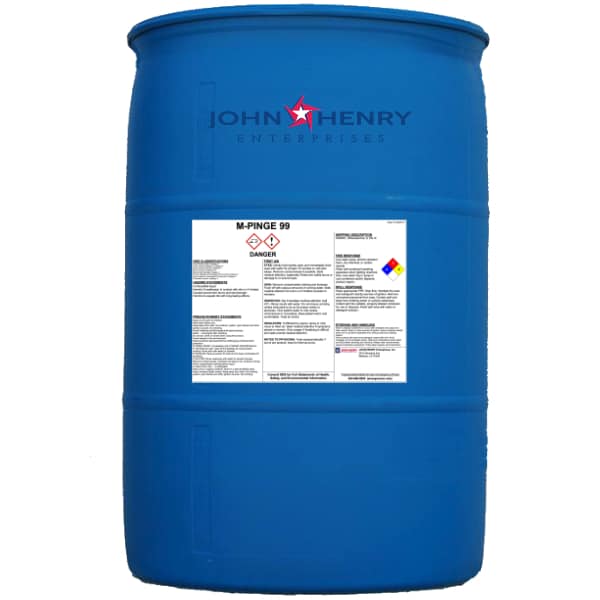
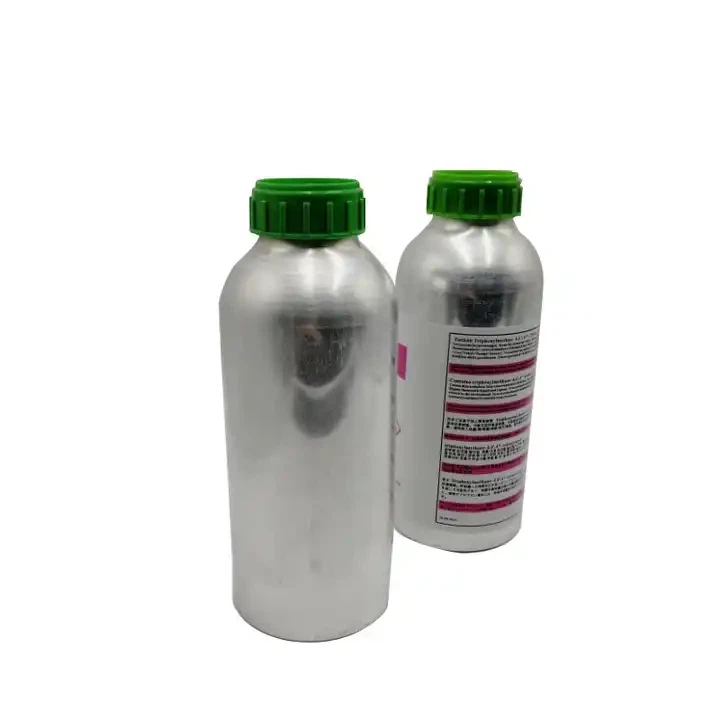
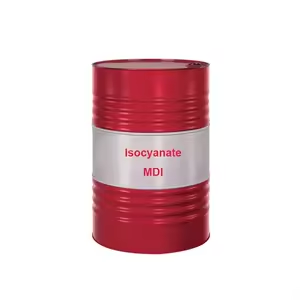
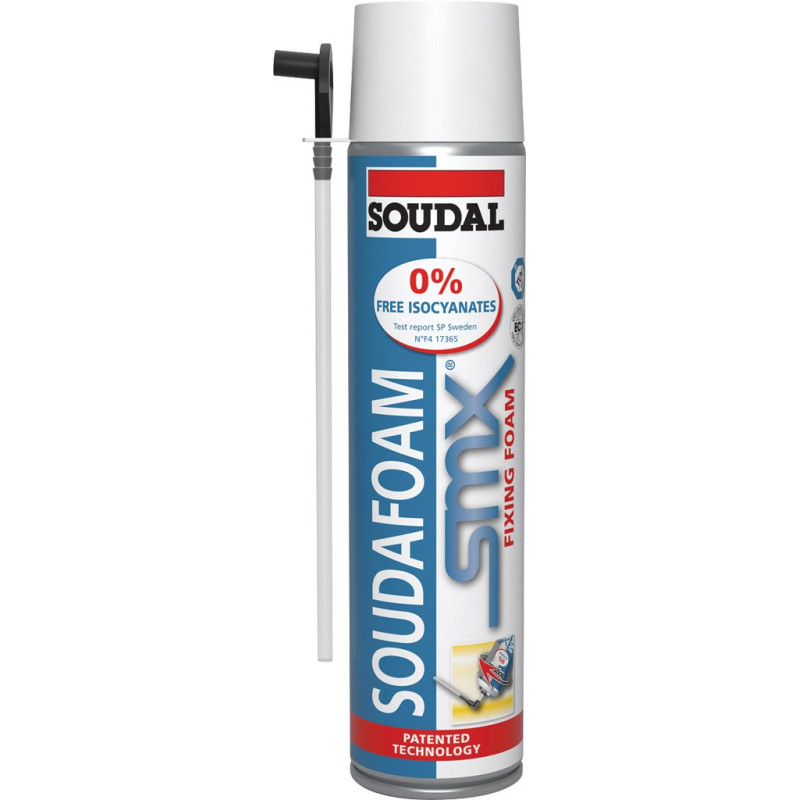
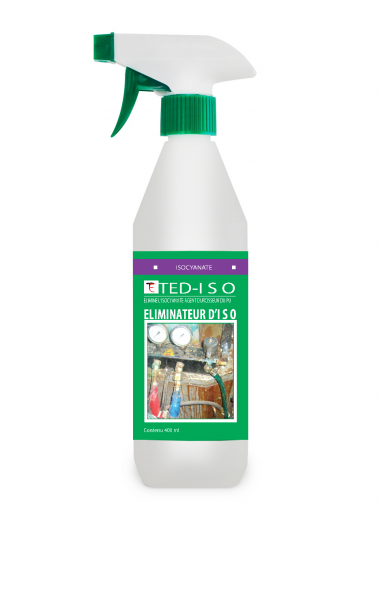
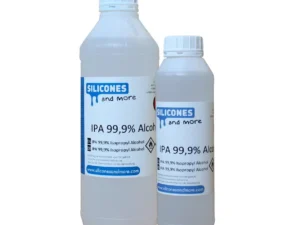
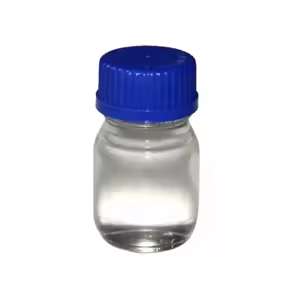
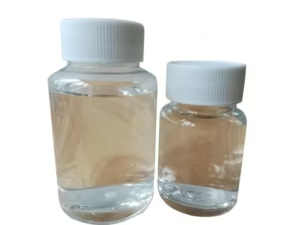

Reviews
There are no reviews yet.